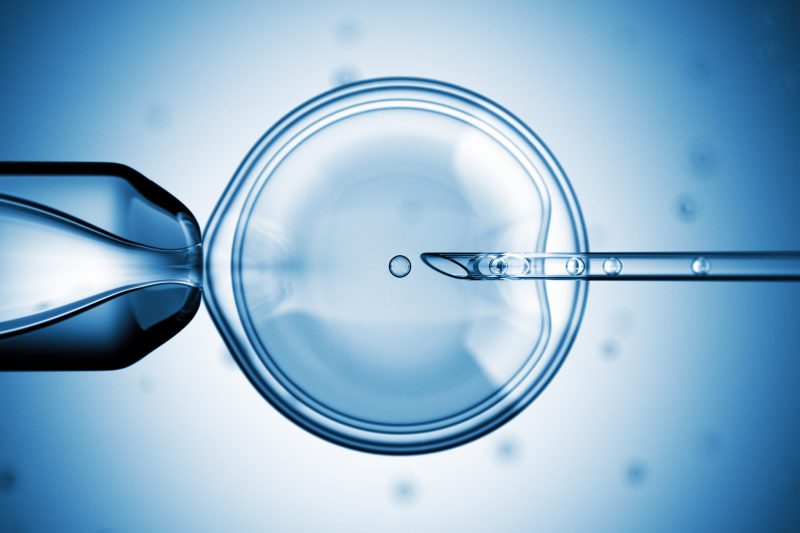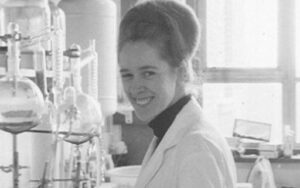 When they are ready, usually three to five days after fertilization, a certain number of embryos will be transferred to your uterus. One or more of these embryos may implant and grow into a baby.The old “rule of thumb” was to transfer two or three embryos, depending on the woman’s age and history with IVF, but never less than two. In recent years research has begun to support eSET, or elective single embryo transfer, as a successful treatment for some women, which also reduces the risk of multiple births.
When they are ready, usually three to five days after fertilization, a certain number of embryos will be transferred to your uterus. One or more of these embryos may implant and grow into a baby.The old “rule of thumb” was to transfer two or three embryos, depending on the woman’s age and history with IVF, but never less than two. In recent years research has begun to support eSET, or elective single embryo transfer, as a successful treatment for some women, which also reduces the risk of multiple births.What is eSET? Is It Right for You?
One of the most important decisions you have to make with your fertility specialist during IVF treatment is how many embryos to transfer. In an IVF cycle, your eggs are combined with sperm in the lab. If all goes well, some of the eggs will be fertilized and will develop into embryos. When they are ready, usually three to five days after fertilization, a certain number of embryos will be transferred to your uterus. One or more of these embryos may implant and grow into a baby.The old “rule of thumb” was to transfer two or three embryos, depending on the woman’s age and history with IVF, but never less than two. In recent years research has begun to support eSET, or elective single embryo transfer, as a successful treatment for some women, which also reduces the risk of multiple births.
When they are ready, usually three to five days after fertilization, a certain number of embryos will be transferred to your uterus. One or more of these embryos may implant and grow into a baby.The old “rule of thumb” was to transfer two or three embryos, depending on the woman’s age and history with IVF, but never less than two. In recent years research has begun to support eSET, or elective single embryo transfer, as a successful treatment for some women, which also reduces the risk of multiple births.
 When they are ready, usually three to five days after fertilization, a certain number of embryos will be transferred to your uterus. One or more of these embryos may implant and grow into a baby.The old “rule of thumb” was to transfer two or three embryos, depending on the woman’s age and history with IVF, but never less than two. In recent years research has begun to support eSET, or elective single embryo transfer, as a successful treatment for some women, which also reduces the risk of multiple births.
When they are ready, usually three to five days after fertilization, a certain number of embryos will be transferred to your uterus. One or more of these embryos may implant and grow into a baby.The old “rule of thumb” was to transfer two or three embryos, depending on the woman’s age and history with IVF, but never less than two. In recent years research has begun to support eSET, or elective single embryo transfer, as a successful treatment for some women, which also reduces the risk of multiple births.Subscribe to stay in the loop
Our newsletter delivers expert insights, practical benefit strategies, heart warming member
moments, and the latest in fertility and family-building news straight to your inbox.



